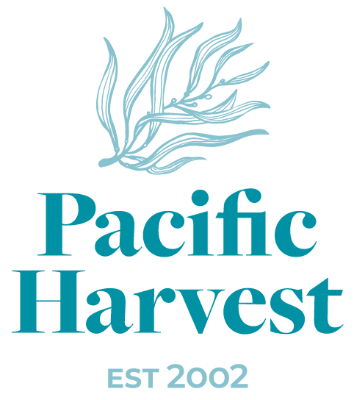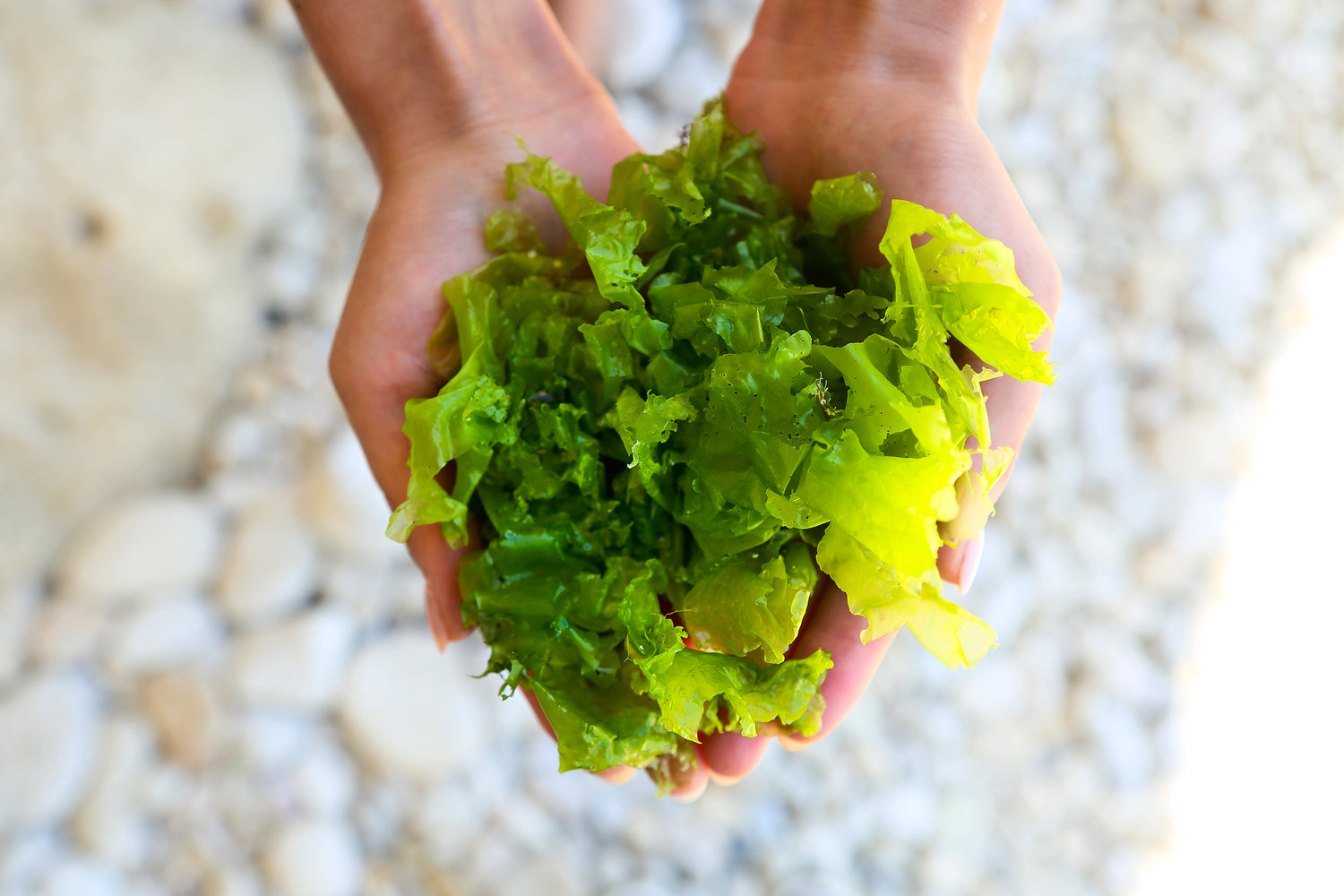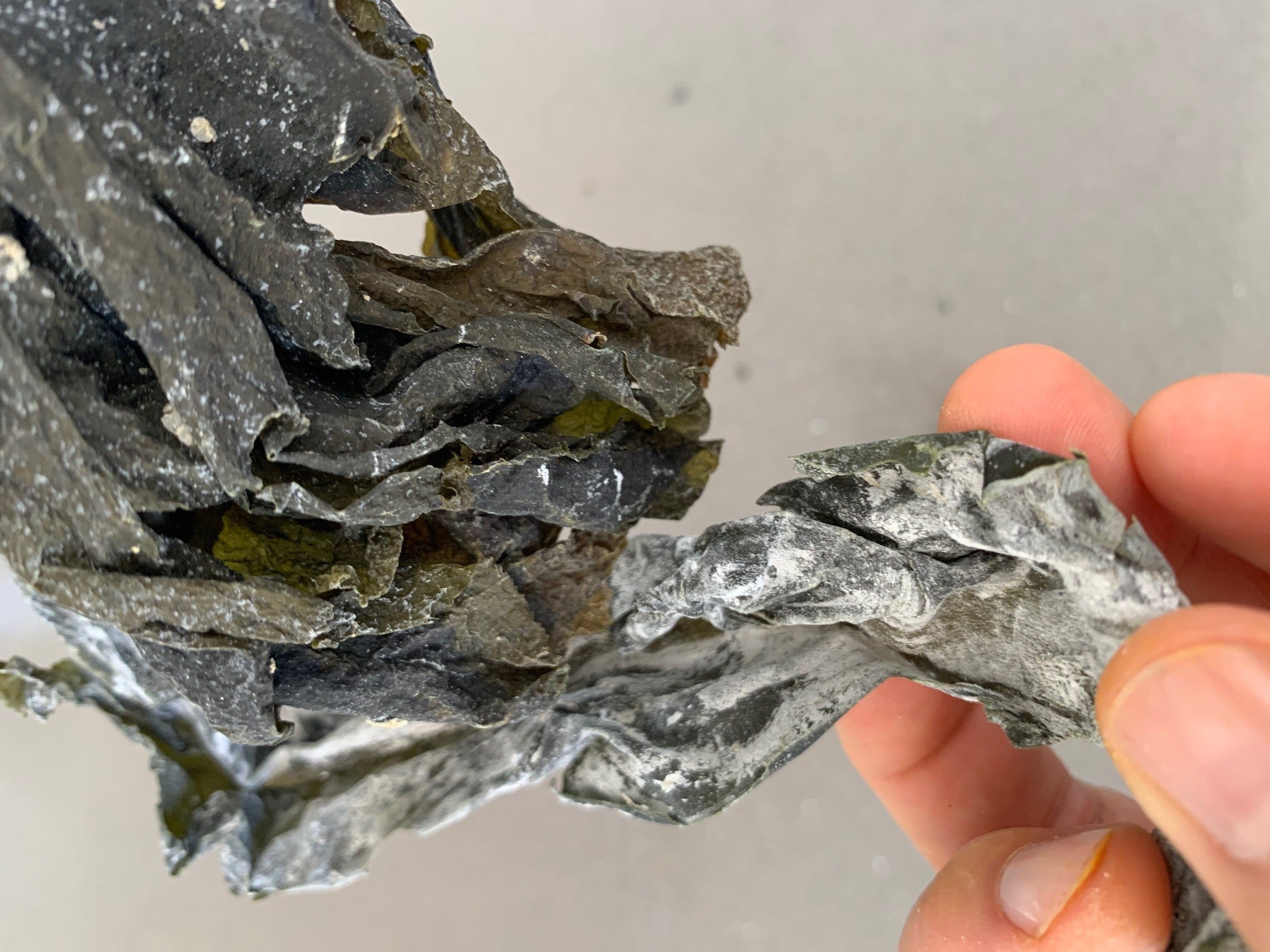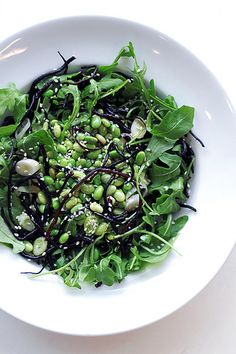Learn all about Sea Lettuce - what it is, what to expect and how to use it in everyday meals.
Sea Lettuce is a typical green seaweed found worldwide and grows well in many different climates. It grows naturally in various shapes (ribbons, tuffs or sheets) and can be flat or ruffled, thick and waxy or tissue-like and translucent. The colour can vary from pale yellow to dark green. Sea Lettuce grows in calm waters, quiet bays, salt marshes, and rocky areas near the shore. It often favours areas of freshwater runoff that are rich in nutrients (particularly nitrogen), where it grows prolifically and can become invasive & smelly as it decomposes.
Why eat Sea Lettuce?
Sea Lettuce offers a source of iron, so it is an excellent meal supplement if one suffers from anemia or low iron levels. It’s also a great source of iodine essential for thyroid health. Depending on where and when it was harvested and how it’s been dried, Sea Lettuce can also be a source of Vitamin B12, which is excellent for those on a plant-based diet, as it can be challenging to find a B12 from non-animal protein sources. Some samples also show significant levels of calcium, manganese and magnesium. Vitamin C content is highest when sea lettuce is harvested in the early summer months. It is an excellent source of plant protein.
Sea Lettuce reduces inflammation, tones the skin, and promotes collagen & elastin formation and repair. Hydrating & nourishing, it is said to increase skin vitality & brightness.
What does Sea Lettuce taste like?
The taste of sea lettuce is unexpectedly vibrant compared to land lettuce. Some describe a soft peppery, sorrel-like flavour. Some of the Pacific Harvest seasoning range also contains Sea Lettuce – such as the Power of Three seaweed flake blend and our range of furikake-inspired seaweed seasonings. (Eating a range of seaweed colours provides an excellent array of nutrients, trace elements and minerals, as each colour group is unique.)
How to use Sea Lettuce in everyday meals
Download our recipe brochure here.
Sea Lettuce makes a bright, colourful addition to salads and is quite delicious in omelettes (a more nutrient-dense swop for parsley!)

Add it to bread such as focaccia. Cook with fish or in meaty casseroles. Sprinkle flakes into soups, stocks, stir-fries or smoothies, which is delicious in a salsa or herbed butter.

Pop Sea Lettuce in your baking, and add it to butter to bring some new and exciting flavours to your table!




